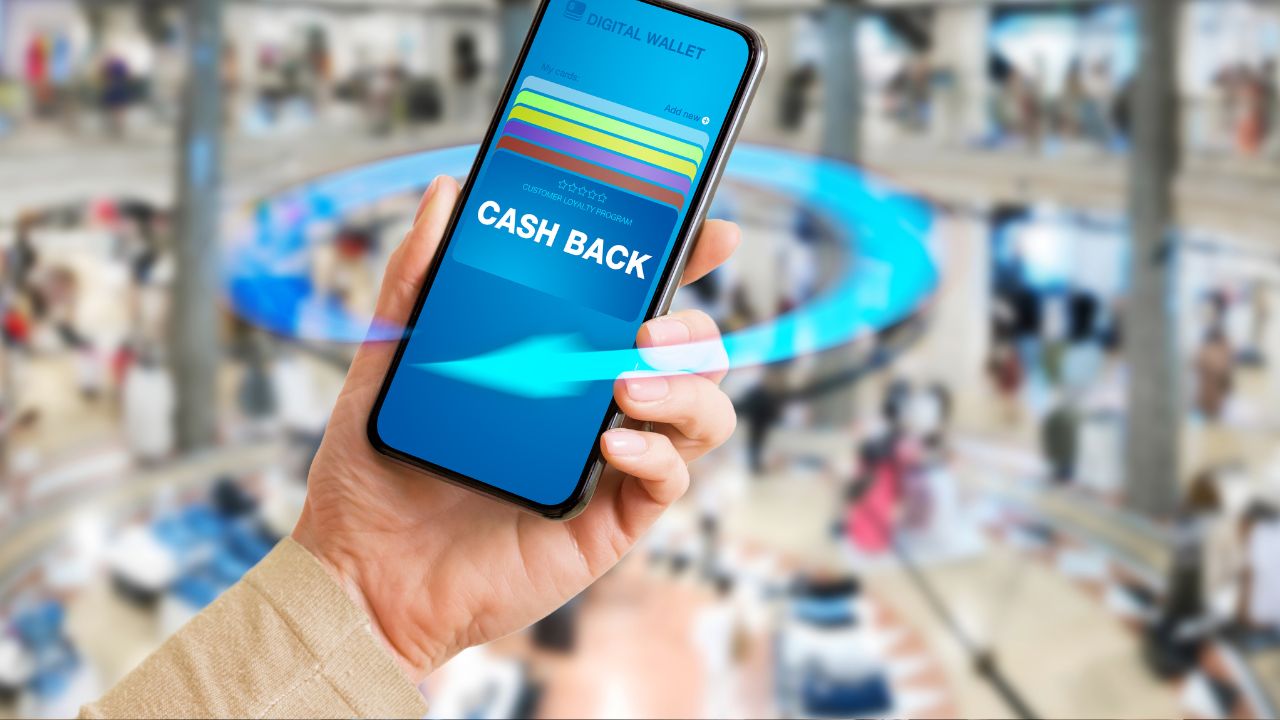
Brands with serious customer reach are sitting on a goldmine of potential, yet much of it stays untapped due to disconnected systems and scattered engagement strategies. The conversation around loyalty programs used to be about points and perks, but that’s long gone. Today, it’s about stitching loyalty directly into the customer journey, linking every touchpoint, system, and action into one coherent experience. But making all of that work behind the scenes? That takes strategic integration.
Loyalty Isn’t a Department—It’s a Thread
Too many brands treat loyalty as a standalone initiative managed by a separate team, running on its own set of tools. Meanwhile, marketing uses a different CRM, the ecommerce platform handles its own data, and the support team has another system altogether. These silos block the kind of intelligence and responsiveness that today’s customers expect.
Think about a customer who interacts with your brand across multiple channels—Instagram, your mobile app, email, and in-store visits. Each interaction is a data point. But if those systems aren’t talking to each other, your brand won’t respond with relevance. That customer might get a generic offer instead of something tailored to their behavior and values.
Smart integration breaks down these walls. It’s not about cramming all data into one platform—it’s about connecting systems in a way that allows loyalty-related actions and insights to flow freely.
The Hidden Cost of Fragmented Data
When loyalty data is trapped in isolated tools, the brand misses out on the ability to recognize patterns, deliver personalized moments, or even properly reward the behaviors that matter most. It’s not just a tech inefficiency; it’s a missed opportunity to build connection.

Disconnection also leads to internal friction. Teams waste time aligning reports from different tools, marketers duplicate efforts, and campaigns underperform because they’re not aligned with what’s actually happening across channels. Worse yet, it leads to customer frustration. Loyalty becomes performative rather than impactful.
What Integration Really Means for Loyalty
Integration isn’t just an IT task—it’s a strategic choice about how your brand shows up for customers. Here’s what that means in practical terms:
Single customer profile across platforms:
Imagine your loyalty engine syncs with your CRM, marketing platform, support software, and ecommerce store. Now you’re looking at one record that tells the full story—what they buy, how they engage, what they care about.
Real-time behavioral triggers:
A customer hits a milestone, completes a survey, attends a brand event, or shares something online. If your loyalty system is integrated, it can respond in the moment with a meaningful message or action.
Custom rewards tied to brand goals:
If your sustainability tracker, purchase data, and loyalty engine are connected, you can reward customers for eco-friendly choices—not just purchases. That’s more aligned with modern consumer values.
This is where platforms like Rediem come in. Rediem enables brands to tie loyalty directly into digital and physical touchpoints, tracking not just transactions, but meaningful behaviors—like attending community events, promoting the brand on social media, or choosing carbon-neutral shipping options.
Make Your Tech Stack Work Smarter
Most companies already use a mix of tools: a CRM like Salesforce or HubSpot, email marketing software like Klaviyo, ecommerce platforms like Shopify or Magento, and customer service platforms like Zendesk. The problem isn’t having too many tools. It’s that they aren’t designed to operate as a loyalty ecosystem.
That’s where APIs, native integrations, and custom middleware come into play. The goal is not to consolidate into one mega-tool, but to build a mesh of systems that speak the same language. Here are a few ways brands are making that happen:
Zapier or Make.com for no-code connectivity:
These tools let non-developers sync actions between apps—like updating a loyalty tier when someone hits a new spending level.
Custom API work:
Larger brands often invest in direct API integrations between key platforms. This allows for tighter control over data flows and privacy.
Data warehouses:
Tools like Snowflake or BigQuery collect data from multiple sources so you can run advanced analytics and loyalty modeling.
The Integration Mindset: Think Use-Cases, Not Tools
It’s easy to get overwhelmed by the tech talk, but integration starts with use-cases. What kind of experience do you want customers to have? What behaviors do you want to encourage? What signals matter most?
From there, reverse-engineer the systems that need to talk to each other. Some scenarios might include:
Automatically upgrading a customer’s loyalty tier when they leave a product review and refer a friend.
Offering a reward when someone subscribes to SMS alerts and interacts with your brand’s latest sustainability campaign.
Sending personalized thank-you emails when a customer hits a social impact milestone like donating through your platform.
It’s not about adding more tools—it’s about using what you have in smarter ways.

Integration Is a Trust Builder
Customers aren’t just handing over purchases anymore—they’re sharing attention, time, feedback, and values. But they only do that when they trust that your brand sees them, understands them, and responds accordingly.
When loyalty actions feel disconnected from the rest of the brand experience, trust erodes. But when every action is acknowledged and rewarded in a relevant way, customers start to feel part of something bigger than a rewards program.
That emotional buy-in is what turns one-time shoppers into lifelong advocates. And it only happens when integration is handled well behind the scenes.
Loyalty Strategy in 2025 and Beyond
Loyalty programs are moving toward ecosystems, not programs. That means your customers expect the same level of consistency and personalization they get from the best digital services—whether it’s Netflix, Amazon, or their favorite fitness app.
To compete at that level, brands need to:
- Build loyalty logic into their broader digital experience
- Let customer data guide reward design and messaging
- Track and reward actions that align with values, not just purchases
- Use integrations to eliminate friction and surface relevant experiences at the right time
It’s not about perfection—it’s about being intentional with the systems and signals you already have access to.
Moving Forward
Loyalty is no longer a bolt-on. It’s part of how brands deliver value, communicate values, and build relationships that last. But none of that happens without serious attention to integration—connecting the dots between what people do, what they care about, and how your brand responds.
Start by mapping your tech stack and identifying gaps. Build a few use-cases around behaviors you want to encourage. Then start connecting the systems that can make that happen. That’s where real loyalty starts to take shape.

